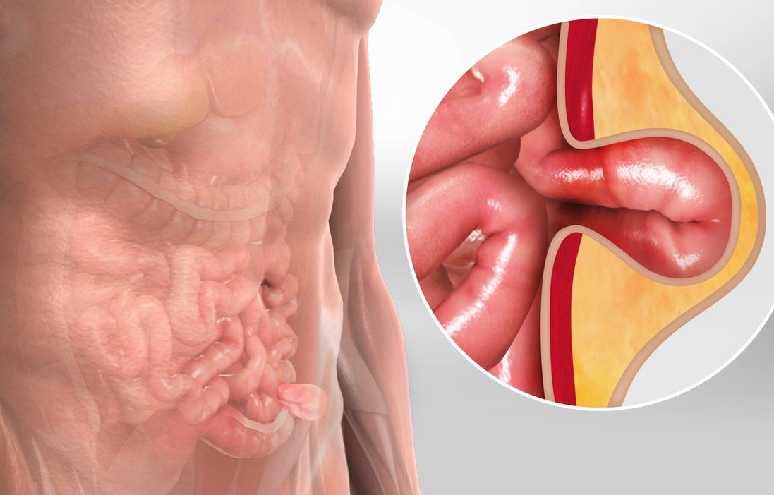
Umbilical Hernia:
This type of hernia occurs when tissue, usually part of the intestine, protrudes through a weak spot in the abdominal muscles near the navel (umbilicus). Laparoscopic umbilical hernia repair is a minimally invasive surgical technique that involves making small incisions in the abdomen through which a laparoscope (a thin, lighted tube with a camera) and specialized surgical instruments are inserted. The hernia is then repaired using synthetic mesh to strengthen the weakened abdominal wall.
Inguinal Hernia:
An inguinal hernia occurs when tissue, such as a portion of the intestine, protrudes through a weak spot in the lower abdominal wall, often near the inguinal canal. Laparoscopic inguinal hernia repair follows a similar approach to umbilical hernia repair, with small incisions made in the abdomen to access the hernia and reinforce the abdominal wall with mesh.
Ventral Hernia:
Ventral hernias occur at any location along the abdominal wall where a weakness or defect allows abdominal contents to protrude. Laparoscopic ventral hernia repair involves using mesh to cover and reinforce the hernia defect, providing support to the weakened abdominal wall and reducing the risk of recurrence.
Incisional Hernia:
Incisional hernias develop at the site of a previous surgical incision or scar. Laparoscopic incisional hernia repair aims to strengthen the weakened area of the abdominal wall using mesh, typically through small incisions made near the hernia site.

